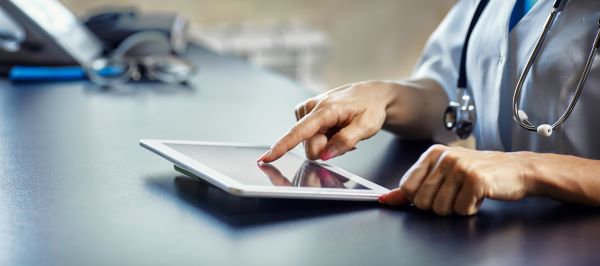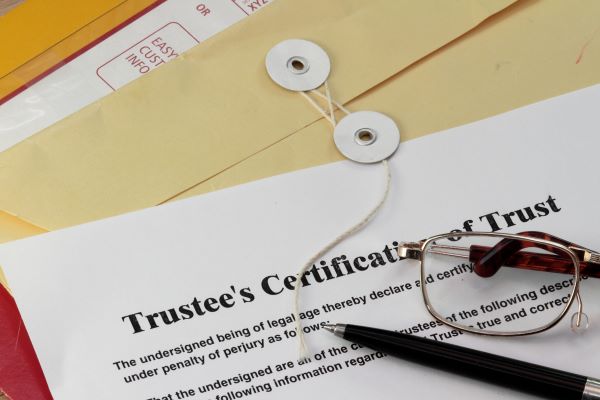Among older Americans, divorce and widowhood are at an all-time high, leading to new partnerships.…

Digital Records Management Proven Successful
Digital technology continues to make our daily lives more efficient. Everyday smartphones, tablets, and other web-enabled devices allow us to communicate seamlessly. Technology applications have changed medical communities and systems, morphing them into an information-rich enterprise. Digital management of medical information is creating health care efficiencies and reducing unnecessary health expenditures.
Proper implementation of digital technology can save the US Medicare program billions of dollars by lowering hospital readmission rates according to McKnight’s Senior Living. The US government reports that one in five Medicare beneficiaries will return to the hospital within one month of discharge. PatientBond Blog says these hospital readmissions cost Medicare approximately $17 billion. Application of the proper technology at the appropriate time by providers reduces readmissions, delivers better care at any time and any location, and creates efficiencies throughout the senior’s health care cycle using predictive analytics and wearable remote monitoring technologies.
Health records typically used to be in the form of paper charts in medical offices, hospitals, clinics, and insurance companies, and usually on disparate systems. The electronic health record (EHR) system changes health information into a single digital file containing an individual’s personal and health data. Healthcare providers, insurers, doctors, nurses, skilled nursing facilities, and support staff are now able to access an EHR at the point of care which allows for the best medical decisions possible, averts the possibility of medication mistakes, and can prevent hospital readmissions. Because the records are digitally shareable, an authorized user can access patient information securely and instantly any place there is internet connectivity and a web-enabled device. This digital sharing is known as the Medical Internet of Things (MIoT), and it streamlines provider workflow through improved patient care and participation, care coordination among providers, better diagnostics and patient outcomes, and efficiencies that lead to cost savings.
Smart technology medication reminders are helping aging adults to remember their medication on time and in proper doses. Pill dispensers have sophisticated timers and alerts that coordinate data with smartphones and computers, allowing patients and caregivers to avoid incorrect medication use or abuse.
Smart wearable technology can observe a patient’s or resident’s health vital signs and other conditions. When data displays are outside of a patient’s expected range, wearable technology can immediately alert care teams. Smart wearables can monitor a senior’s gait and stability to enhance fall protection. Falling is a leading cause of hospital readmission and injury-related death experienced by half of all seniors aged 80 and more. Wearable tech can also monitor the senior’s established routine activities by pinpointing any changes to their daily habits such as movement from room to room. Disrupted patterns trigger an alert to caregivers so that the senior can be checked on to ensure all is well.
On the other side of the smart wearable technology is remote technology monitoring through the input-output of the Medical Internet of Things. Remote monitoring allows for watchful oversight regarding a senior resident’s condition. Detecting anomalies can identify impending health episodes and derail an adverse health event and even prevent emergency hospitalization. Using “instant on” digital devices and Bluetooth communications, an individual can connect with a virtual care team for video conferencing, biometric data sharing, and continuing education, reminders, and coaching wherever they live. Several companies throughout the US are in the business of contact-free continuous monitoring (CFCM) which are programs transmitting real-time data monitoring heart rates, breathing rates, and other movement levels by placing a sensor under the mattress of the senior.
All of these biometric data-gathering technologies and digital information further enhance predictive analytics which sorts through all of the provided health data and can support the decision-making process in determining the best course of action for the best outcome in each patient case. Interpreting the overall data of many patients allows for the identification of rising risk and at-risk residents by comparing aggregate patient data and findings and determining common patterns. This information identifies who may need early intervention to prevent avoidable hospitalization. Beyond the ability to triage an individual patient, the common patterns that are identified allow for the development of best care practices for patients at large.
It is empowering for seniors to understand their health issues better and participate in choices that provide the best outcomes. After all, there are very few people who want to be hospitalized. Because of the explosive growth in technology and communications in the information age, senior care is dramatically improving. By providing better care using digital technology in the home, or residential continuing care community, seniors have better health outcomes, and social services like Medicare save enormous sums of money. Create a successful aging strategy for your life by implementing the best healthcare practices and strategizing to save money. Contact our office today and schedule an appointment to discuss how we can help you with your planning. Please contact our Nashua office at (603) 881-9161 or our Woburn office at 978-458-4566 to see how we can help you.



